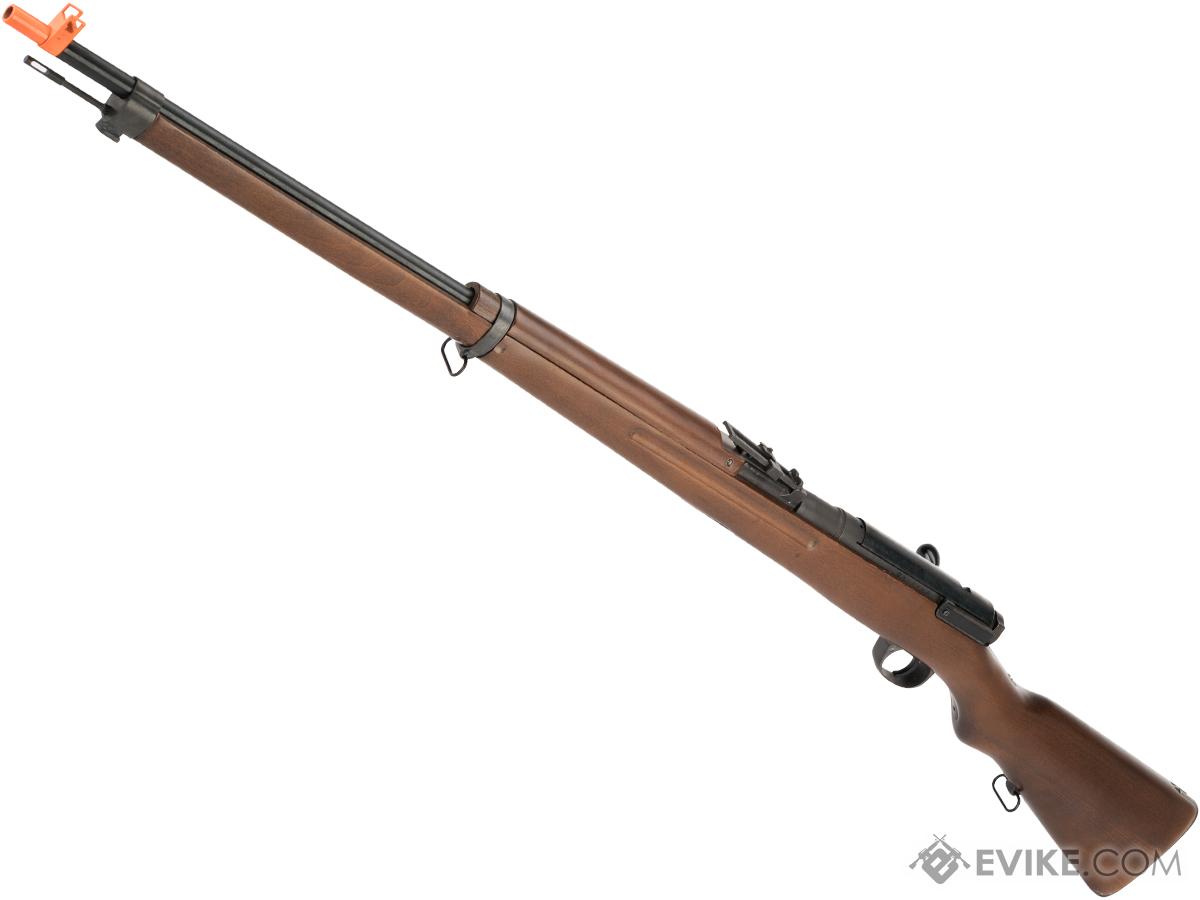
Finally, the last ditch rifle lacked a cleaning kit. Note also that the front sight has been heavily simplified. This particular last ditch rifle has a bayonet mount, but that feature was later discontinued. The forward barrel band on the last ditch rifle lacks any pins or screws, it was simply fabricated on the rifle. In addition, the famous monopod accessory common with Type 99’s was discontinued. The forearm on the Type 99 consists of two wooden pieces, however the forearm on the last ditch rifle has an exposed barrel. Note how on the last ditch rifle they no longer carved a groove on the forward grip. However the last ditch rifle has a rough stain on a roughly carved stock. While not shown the wooden buttplate was hammered in place with two iron nails.Īlso note the finish on both rifles, the Type 99 has a smooth lacquered finish. The normal Type 99 has a steel buttplate, but the last ditch rifle has a wooden one. More importantly note the difference in buttplates. In the latest models sling hoops were discontinued altogether. Note on the last ditch rifle how the sling hoop is mounted with one bolt instead of two. Japanese WWII weapons with an intact Imperial Chrysanthemum seal are quite rare. The last ditch model has no stampings, but they were ground off post war as per orders of the Japanese Emperor and Gen. On the bolt also note that the knob on the last ditch is more square where as the Type 99 is rounded. The front sight would have also been non adjustable, which means if your rifle was shooting off, you were SOL. On the last ditch rifle the sight is nothing more but a fixed stub that was non adjustable. The regular Type 99 has an inclination peep sight. One of the most noticeable changes that would have affected the accuracy of the rifle was the simplification of the rear sight. The regular Type 99 is on top, the last ditch is on the bottom. Thanks to spike762, I now have side by side pics of a normal Type 99 compared to a last ditch model, so I show in more detail the changes made. While they fired, the effectiveness and quality of such rifles was questionable. By the last year of the war Japan was manufacturing “last ditch rifles”, which were Type 99’s simplified so much that they were basically reduced to nothing more than a working rifle. This involved several modifications to the Type 99 which simplified it. However as the tides of war turned against Japan, Japanese industry found that it had to produce more and more rifles using less and less resources.


During World War II the Type 99 rifle was the standard long arm of the Japanese Imperial Army.


 0 kommentar(er)
0 kommentar(er)
